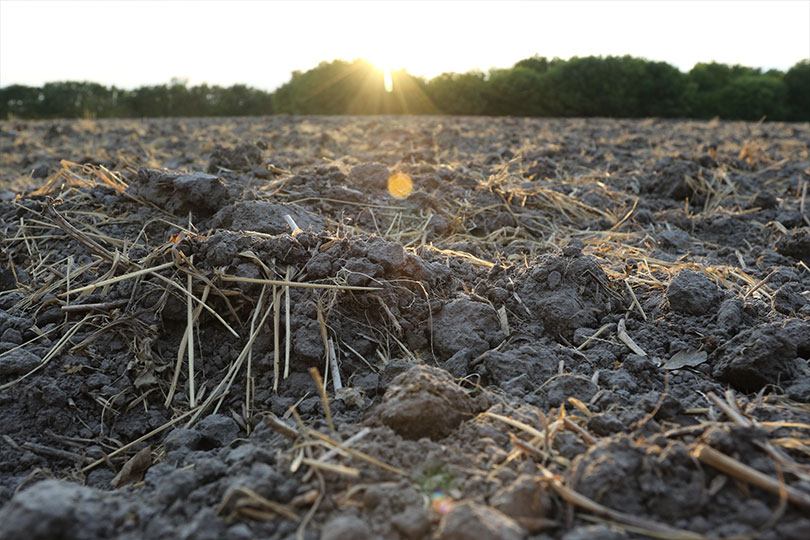A recently released Texas A&M AgriLife Extension Service publication shows how deep soil testing can benefit farmers and ranchers.
The study, Deep Soil Testing Offers the Potential to Reduce Fertilizer Costs, says fertilizing crops helps reach optimum yields by increasing plant nutrients already in the soil to meet crop fertility needs.
Accounting for in-soil nitrogen, which is identified through soil testing, can offset high production expenses.
AgriLife Extension Specialist of Risk Management DeDe Jones AgriLife Agronomist Dr. Jourdan Bell say producers should consider the nutrients already present in their soil to benefit from any residual nitrogen and other present nutrients, especially with high input costs and lower commodity prices.
The study found that testing before planting corn, cotton or wheat can save $13 to $189 per acre when taking advantage of the residual nitrogen.
“This study shows that even small investments or minor operational changes can lead to large financial savings,” Jones said.
Bell noted agronomists usually encourage soil testing each year close to planting time.
“Many producers only soil sample the top 0-6 inches,” Bell said. “But deep soil sampling to depths of 6-24 inches or deeper, if feasible, should be done whenever possible. This allows producers to utilize the nitrogen below the upper 6 inches of soil.”
Proper nitrogen management in crop production systems may not only reduce fertilizer input costs but can also impact the need for and rates of other production inputs, Bell said.
“For example, in cotton, we know that nitrogen in excess of the crop demand can cause aggressive plant growth, so producers have to be more aggressive with their plant growth regulators program,” she said. “There is both an input and production cost.”
It’s important to be aware of the amount of residual nitrogen to optimize production, the AgriLife specialists said.
“We know residual plant nutrient levels in the soil can vary greatly from year to year based on many factors, including fertilizer application rates, rainfall and irrigation, and the cropping system and plant uptake in the prior year,” Bell said. “That is why annual sampling is important. Although this was only one year’s worth of data, we want to highlight the potential cost savings that can be achieved through deep soil testing.”
Jones noted the cost of soil testing is worth the investment in the long run.
“We know, due to significant increases in 2023 production costs, it is well worth spending around $1 per acre for deep soil testing,” Jones said. “With the return on investments that we project, testing is a very smart decision.”
For more information on soil testing, visit AgriLife Extension.

